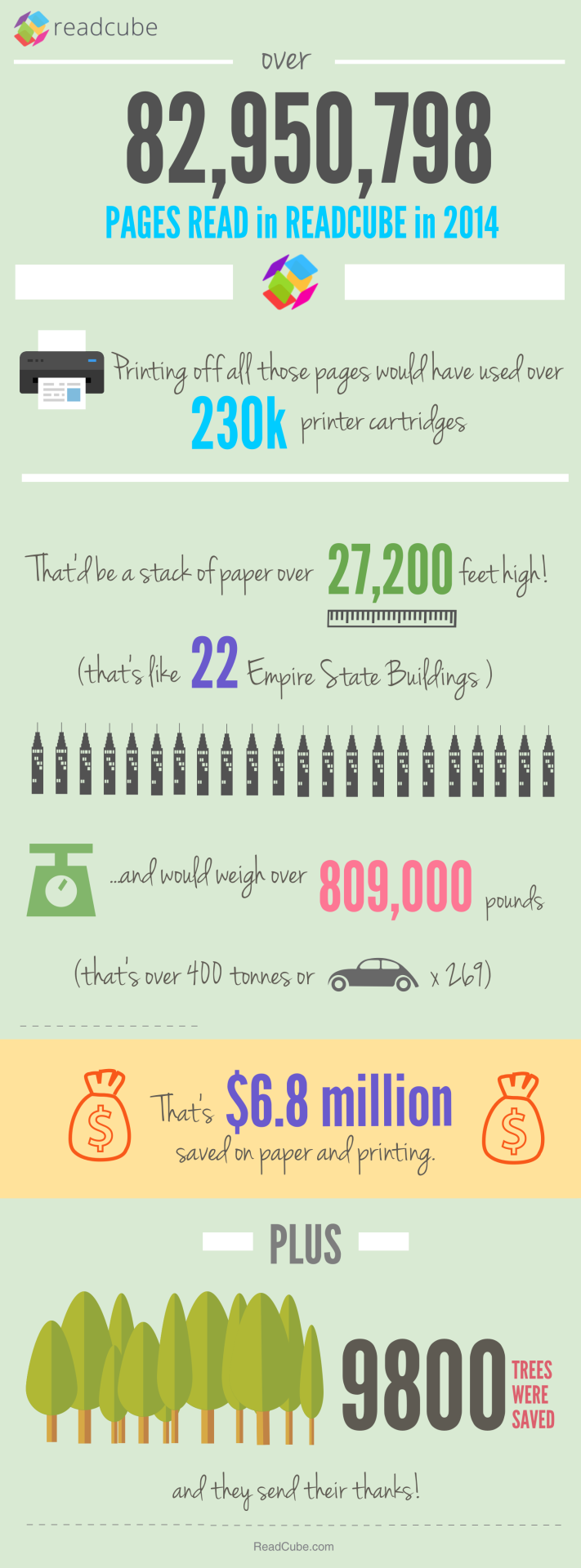
- #Readcube papers review how to
- #Readcube papers review registration
- #Readcube papers review portable
Are problems with plagiarism increasing?.
#Readcube papers review how to
#Readcube papers review portable
However, it is easier with Dimensions to see bigger picture activity occurring across research areas, institutions, and funders, and among researchers.Īnother feature that sets Dimensions apart from other databases is its ability to seamlessly connect one to full-text portable document format (PDF) articles. As with these databases, Dimensions provides citation metrics but expands these metrics to include altmetrics.ĭimensions lacks the precise advance searching of PubMed. Dimensions is similar to Web of Science, Scopus, and Google Scholar in terms of indexing a wide range of content types across many research fields beyond biomedical sciences. Additionally, filters can be applied to limit the search to a specific researcher, publications directory source, journal title, or type of open access content.ĭimensions encompasses similar features that are available in other scholarly databases, although in this reviewer’s opinion, no single database is directly comparable. One can narrow results by publication year, fields of research, or publication type. Search results can be further refined through the use of filters. Search results can also be sorted by relevance, publication date, citations, or altmetric score.
#Readcube papers review registration
One has the option to perform different types of searches for example, one can search full-text data, titles, and abstracts or by digital object identifier (DOI).Įven though one is not required to create a user account with Dimensions to search the publications database, registration is required if one would like to save one’s searches as “Favorites” or export search results. The search techniques are not designed to be complex, so one can type in a topic, title, or author name into the main search box and quickly retrieve relevant information. Learning how to navigate the Dimensions publication database requires minimal time and effort. With altmetrics, it is possible to determine how many times an article was shared on a social media platform, news outlet, blog, or website.

Dimensions complements traditional metrics by partnering with Altmetric to leverage their alternative metrics or “altmetrics” data to reveal the amount of attention an individual article has received. Instead of promoting journal-level impact measures such as the journal impact factor, Dimensions incorporates article-level measures to demonstrate the influence of an article on its own terms, independent of where it was published.

Additionally, Dimensions includes the Field Citation Ratio and the Relative Citation Ratio, which attempt to determine the relative citation performance of an article compared to similar articles in the same field. Traditional metrics such as citation counts are available and are calculated from the reference list in all publications indexed by Dimensions. Dimensions integrates established metrics sources to demonstrate the impact, attention, and influence of a particular body of research among the academic and wider community.


 0 kommentar(er)
0 kommentar(er)
